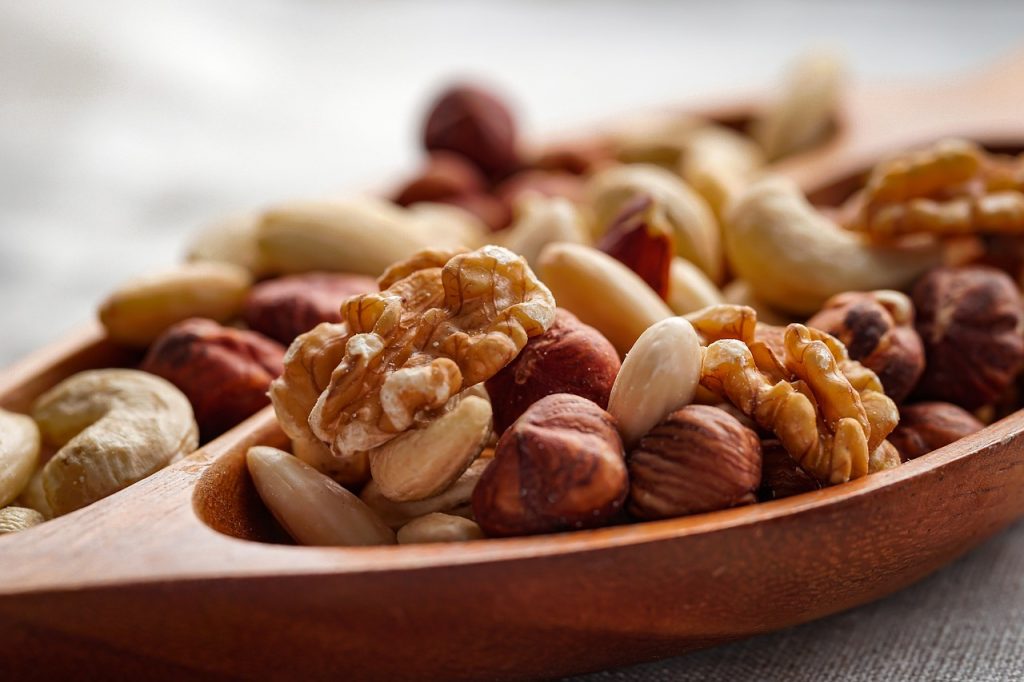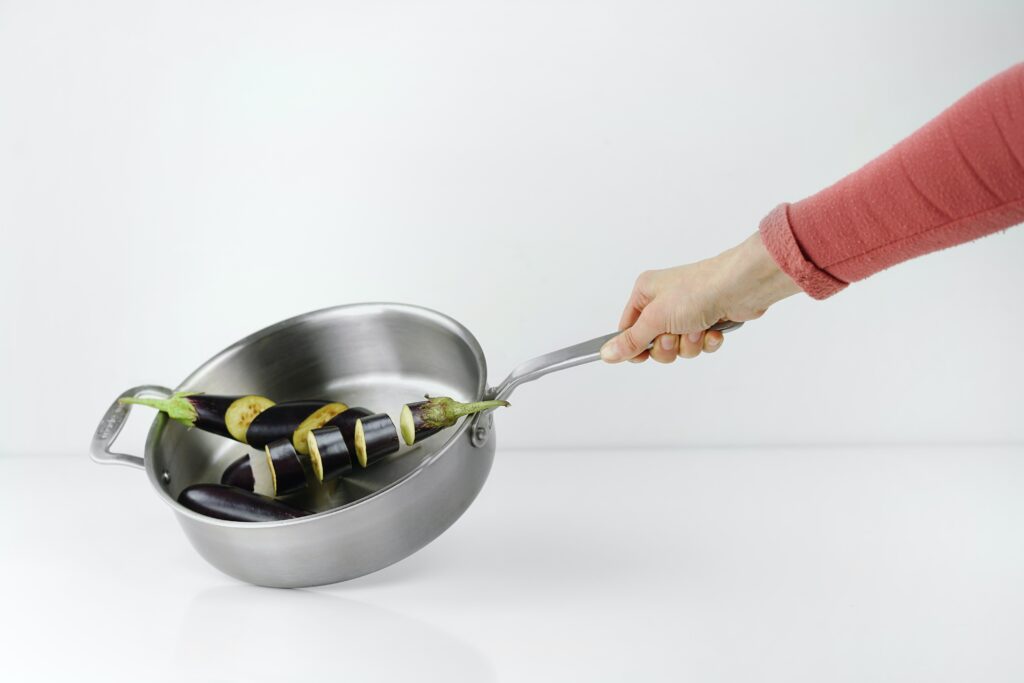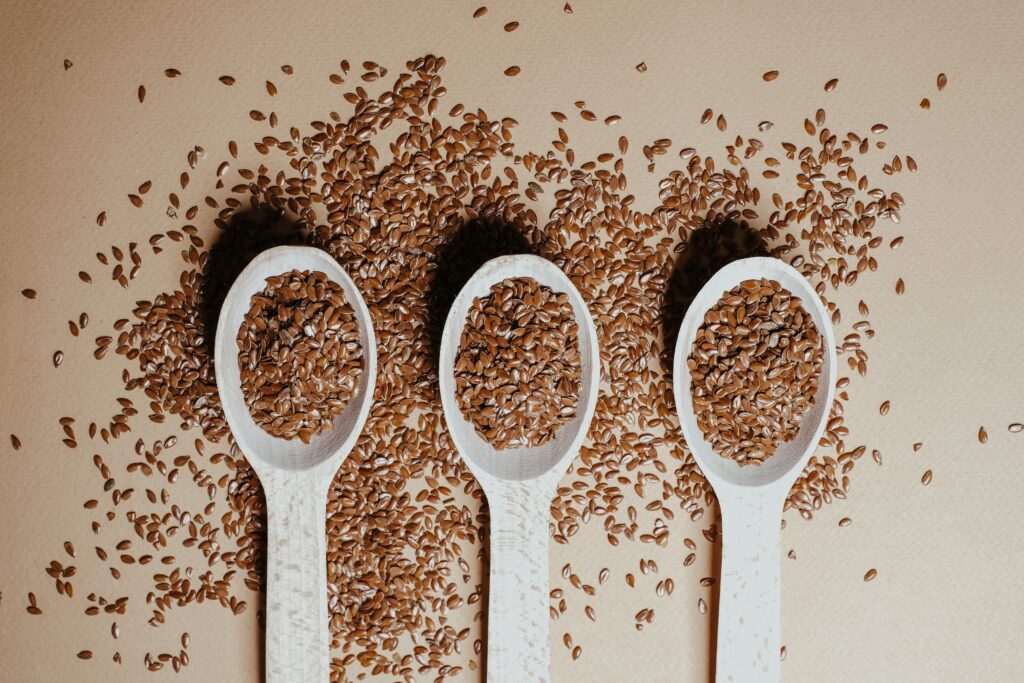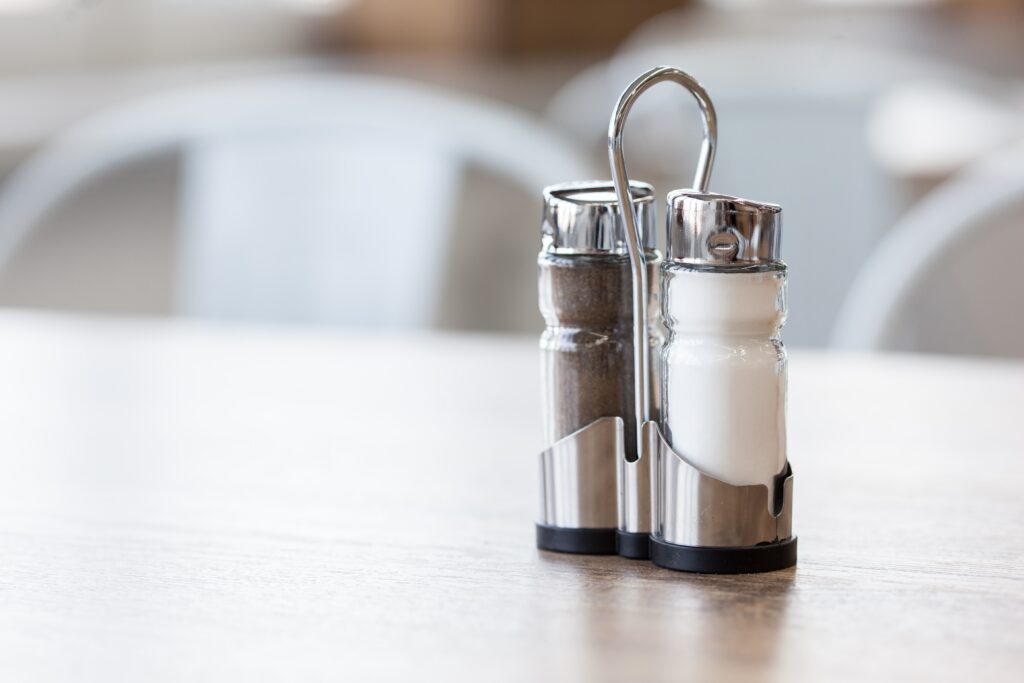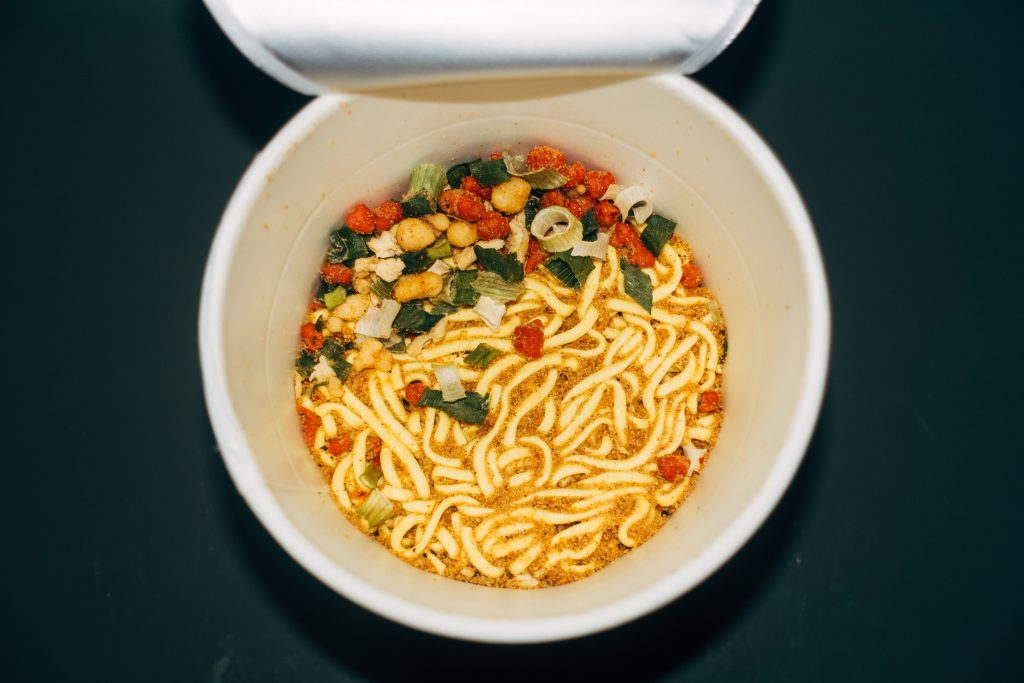Almonds, cashew, pecan, walnut, peanut, pine nut, brazil nut etc. all are examples of nuts. They are rich in multiple essential vitamins, minerals including heart healthy fats. But, what is the best way to eat a nut? Roasting, soaking or eating raw? In this article, let’s explore what science recommends for getting the most out of your nuts.
Eating nuts matters more than how you eat it! Yup, it is that simple!
Whether you roast a nut, soak or eat raw, you will get benefits of eating them in one way or the other. No one method is the best method, each method is uniquely beneficial in their own ways.
Soaking
Many people soak nuts in order to ‘activate’ them. Activating generally means soaking which reduces the amounts of mineral inhibitors such as phytic acid and tannins and thus may improve mineral absorption in our body. This study evaluated how various soaking methods impact the levels of phytates and minerals in whole and chopped almonds, hazelnuts, peanuts, and walnuts and found that soaking does not seem to increase mineral bioavailability. Even though it reduces phytate content, it also resulted in mineral loss in soaking water via leaching.
Soaking may lower the bitterness of some nuts such as almonds and walnuts by reducing the amount of tannins. If you do not like nuts because they taste bitter and bland, soaking might be a great idea for you.
Roasting
Some people roast dry while some like adding oil and salt during roasting. Roasting enhances crunchiness by reducing the moisture content and provides unique flavor and taste. Generally, dry roasting is better than oil/salt roasting from a calorie and sodium intake perspective.
Roasting at a low to medium temperature is key. If a nut is roasted at high temperature and/or for longer, healthy fats present in nuts are more likely to deteriorate. Nuts are rich in polyunsaturated and monounsaturated fats which tend to oxidize if heated in high temperature for longer. This also holds true for some vitamins such as vitamin E, thiamine and some antioxidants. However, the effect varies among nut types (1, 2, 3).
If you roast nuts at high temperature, harmful substances such as acrylamide formation increases. This study evaluated the effect composition and roasting conditions on acrylamide formation in almonds and hazelnuts and found that lighty roasting almonds at 145 °C produces low to moderate levels of acrylamide, while dark roasting at 165 °C leads to higher acrylamide formation. Production of acrylamide in hazelnut was found to be low when followed the same roasting regimen as almond. Effect of chemical composition of nuts is not discussed in this article as we cannot intervene or change it as much as we can control the roasting conditions (4).
The almond board of America says “Roasting at a temperature below 265°F (130°C) will minimize acrylamide formation in roasted almonds.”
Other than roasting time and temperature, storage conditions also matter. We should aim to store nuts no matter roasted or raw in an airtight container in cool and dark places. You might have noticed that nuts stored in-shell (eg. pistachio, walnuts) generally have a longer shelf life than kernels. Nuts can also be stored in the refrigerator to extend shelf life. Always follow the shelf life guideline given in a product package. Generally, nuts are good for up to 6 to 12 months.
Besides, soaked and roasted nuts, some people prefer raw. Sometimes, raw nuts might be contaminated with harmful bacteria such as salmonella. Roasting helps to lower such bacteria, however roasting may not always do it efficiently. Aflatoxin contamination is also common in nuts. Aflatoxins are toxic substances produced by specific fungi that grow on agricultural crops like maize (corn), peanuts, cottonseed, and tree nuts. An old study of Nepal showed that aflatoxin contamination was common in peanut butter even though the level of the aflatoxin was low. A recent 2020 study also reports that maize and peanuts are of high risk of aflatoxin contamination in Nepal (5, 6).
Summary
Overall, there isn’t one perfect way to eat nuts. The best approach is to regularly include a variety of nuts in your diet. Eating a small handful of nuts daily is generally recommended for most people. Regularly consuming a diverse range of nuts has been linked to lower all cause mortality rates and have benefit for cardiovascular health, cancer prevention, and various chronic diseases (7, 8).
Nepalese, primarily Hindu Nepalese, mostly eat nuts during ‘Bhaitika’ as our ‘Bhaikhaja’ must have a variety of nuts such as walnuts, almonds and cashews. This tradition not only adds to the festive spirit but also shows the nutritional wisdom passed down through generations. However, eating nuts during ‘Bhaitika’ is not enough, we should eat them more regularly. And, please eat nuts the way you like it, I prefer roasted nuts!

